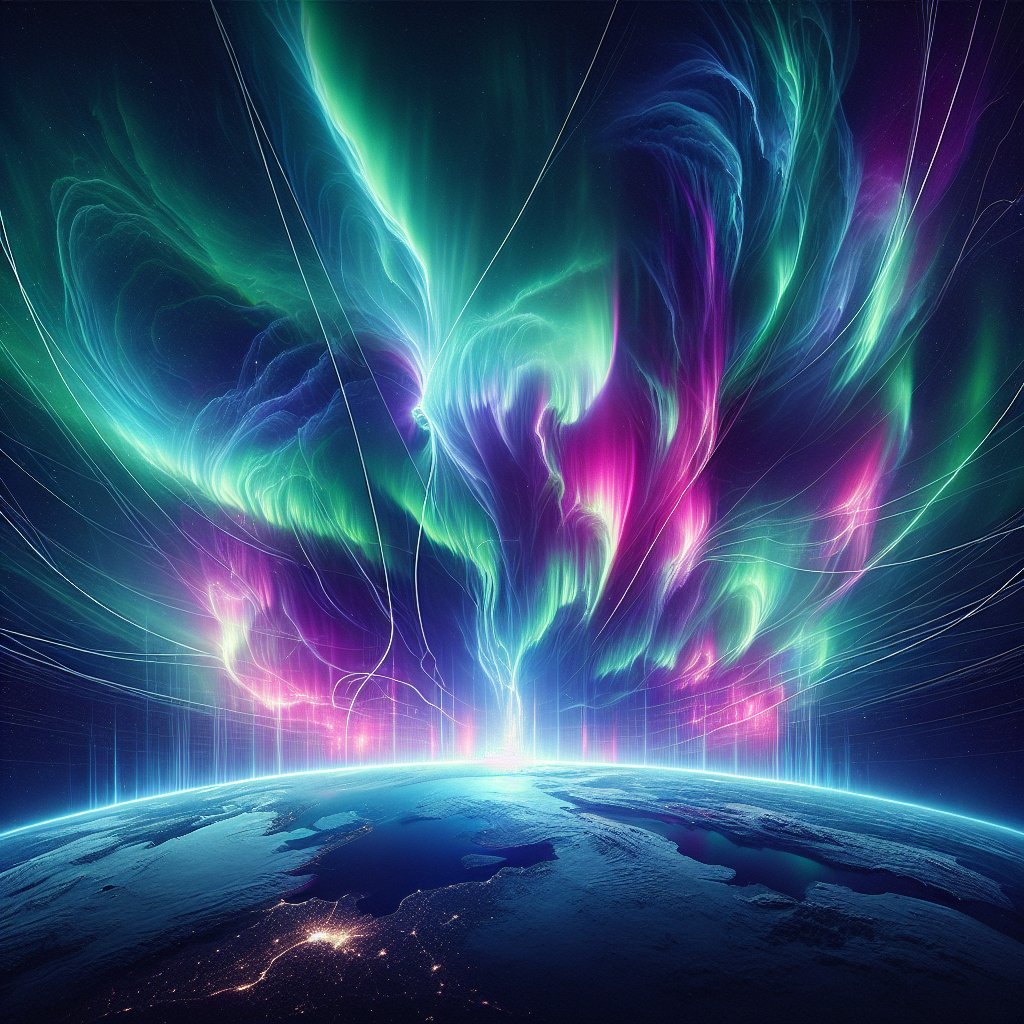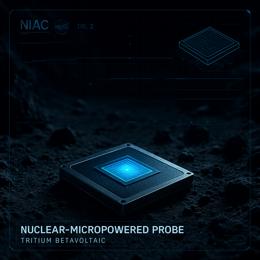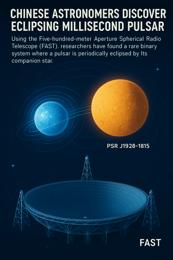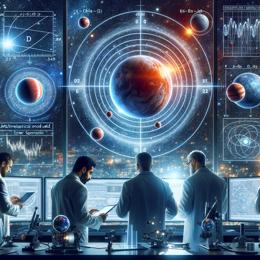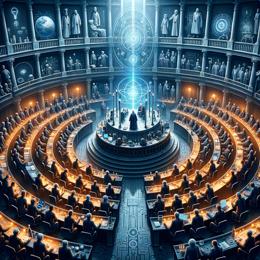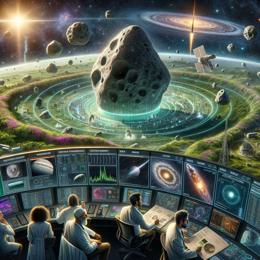Image created by AI
Northern Lights Dazzle as Severe Solar Storm Hits Earth
A striking solar spectacle has unfolded above our planet, as the NOAA Space Weather Prediction Center confirmed a severe solar storm hitting Earth on Sunday. This geomagnetic disturbance, stemming from a coronal mass ejection (CME) event, has set the stage for residents in parts of the United States to witness the enchanting aurora borealis, a phenomenon often confined to higher latitudes.
According to the Space Weather Prediction Center, the intense G4 geomagnetic storm, which is considered 'severe', could linger through the remainder of Sunday and into Monday. While the SWPC had previously estimated the storm might peak at a G3 level, it reached a G4 classification on 24 March around 1411 UTC as per the official updates on X, a social media platform formerly known as Twitter. The public is assured that despite its severity, the solar storm is not expected to have adverse effects, as per the Prediction Center. They recommend staying updated by visiting the SWPC website for continuous monitoring of the storm's progress.
This impressive cosmic event is a result of the dynamic interactions between the Sun's ejected mass of plasma and Earth's magnetic field lines. Described by NASA, CMEs are massive expulsions of plasma from the Sun's corona, which can span several hours. These entities can carry intense magnetic fields across space and when they collide with Earth's magnetic shield, they cause geomagnetic disturbances that we experience as solar storms. They are occasionally accompanied by solar flares, which are powerful bursts of energy on the sun's surface.
The arrival of this solar storm holds particularly exciting prospects for skywatchers in the U.S. Midwest. The Prediction Center posits that the aurora borealis, often limited to the polar regions, might be visible as far south as northern Illinois and central Iowa, offering an extraordinary visual treat rarely seen at such low latitudes.
Residents are encouraged to look toward the night sky for a chance to witness the northern lights, which may display vibrant hues of green, purple, and pink dancing across the darkness. This natural light show remains a testament to the dynamic and potent forces originating from our closest star—the Sun.
